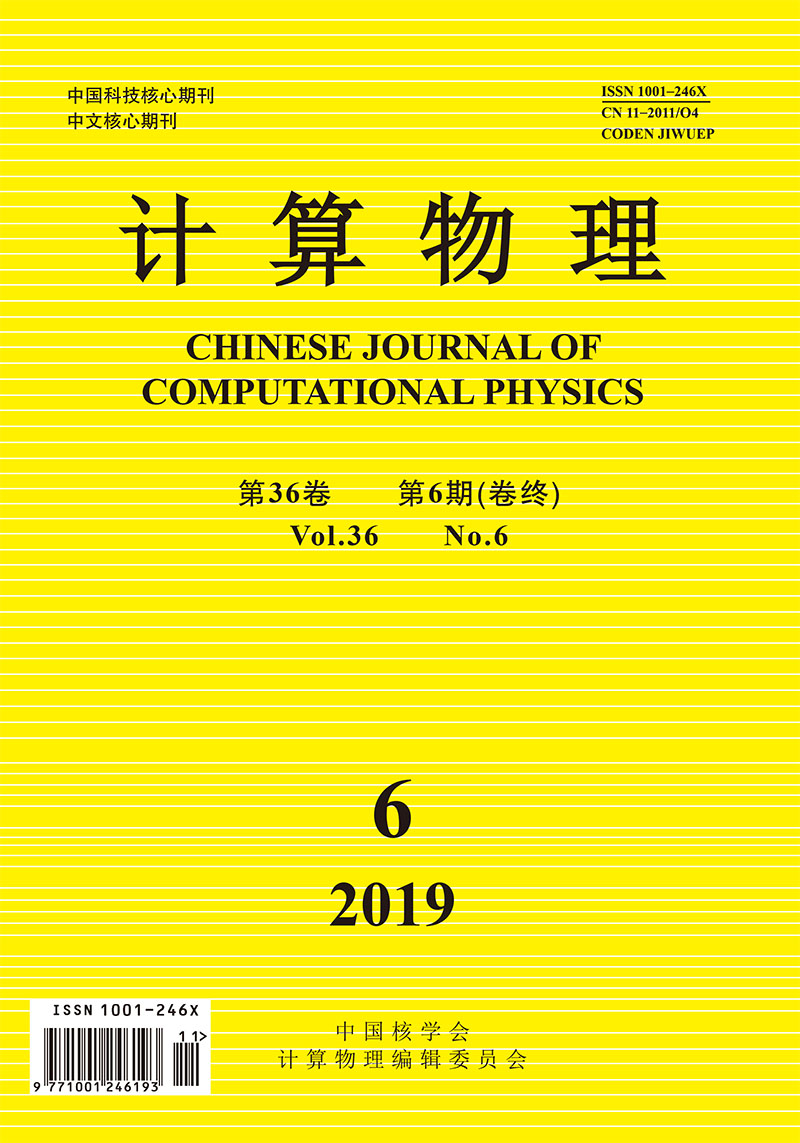|
|
Numerical Simulation on Collision Characteristics of Micro-sized Particles
SUN Shaowei, DENG Xiaoliang, ZHAO Meicheng, LI Peng, XU Rui, YU Guofeng, CHEN Benliang, REN Bo, JIANG Bingyou, LU Wei, QI Fugang, ZHU Wenjun, CAO Liangzhi, OUYANG Xiaoping, YUAN Liang
2019, 36(6):
631-640.
DOI: 10.19596/j.cnki.1001-246x.8103
We investigate collision characteristics of micro-sized particles (diameter less than 100 microns) via numerical simulations and experiments. Discrete element method (DEM) simulations, based on improved hard-sphere model, are performed to explore effect of initial velocity, surface energy, size, mass concentration, and wind speed on cohesive collisions and non-cohesive collisions between micro-sized particles. Aggregation and settlement process are considered as well. It is found that simulated cohesive collision rate agrees with experimental results of self-settlement of micro-sized particles.
|
